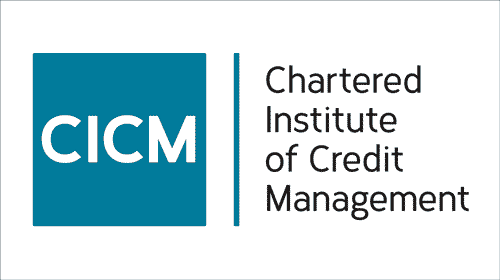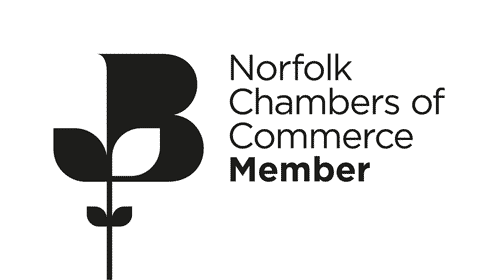Credit Control Best Practices: Securing Your Company’s Financial Future
Establish a Clear Credit Policy
Assess Creditworthiness before extending credit
send invoices promptly
One of the simplest ways to improve your credit control is to adopt an effective process for invoicing. It is good practice to send out invoices immediately after any goods or services have been delivered.
Ensure you use an invoice template that outlines all essential information, such as the invoice number, your payment terms, and bank details.
Monitor Customer Accounts
It goes without saying that a proactive approach to credit control is better than a reactive one. You should monitor customer accounts closely, so that you have your eye on the ball when overdue payments arise.
A system of reminders, whether through email or phone calls, can help your customers keep on track with their payments. If you are using digital accounting software, you may be able to initiate an automated process for sending out payment reminders. However, if you do choose the automated route, be sure to continue to review customer accounts on a regular basis so that you are a-breast of any problems before they escalate. Early intervention is critical in preventing small debts from becoming larger, harder-to-collect sums.
Contact Us
If you would like to put your business in good stead for the future, then please give us a on call 01603 319034 or email: info@jacksonscrs.co.uk for a free no obligation chat about your needs and how we can help.



